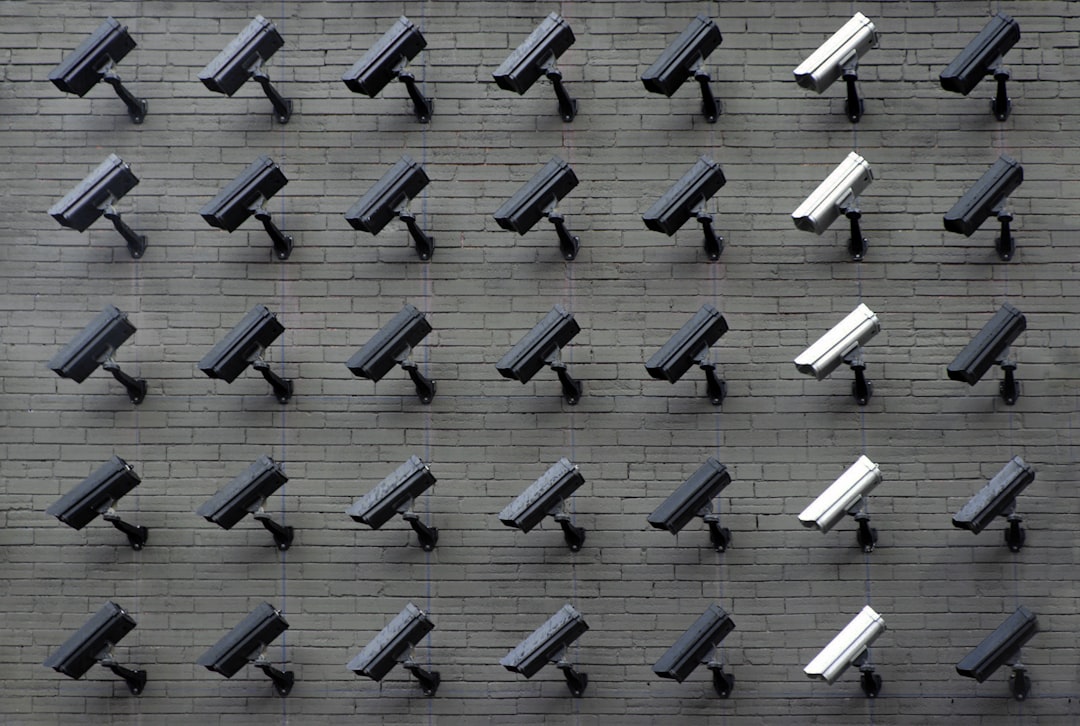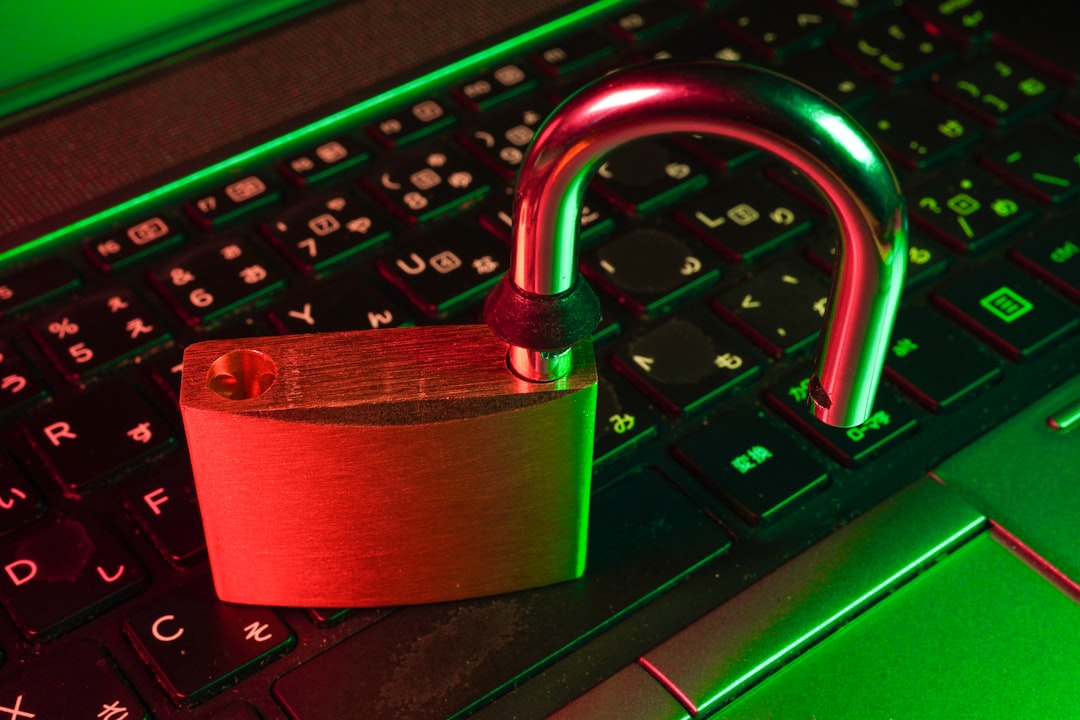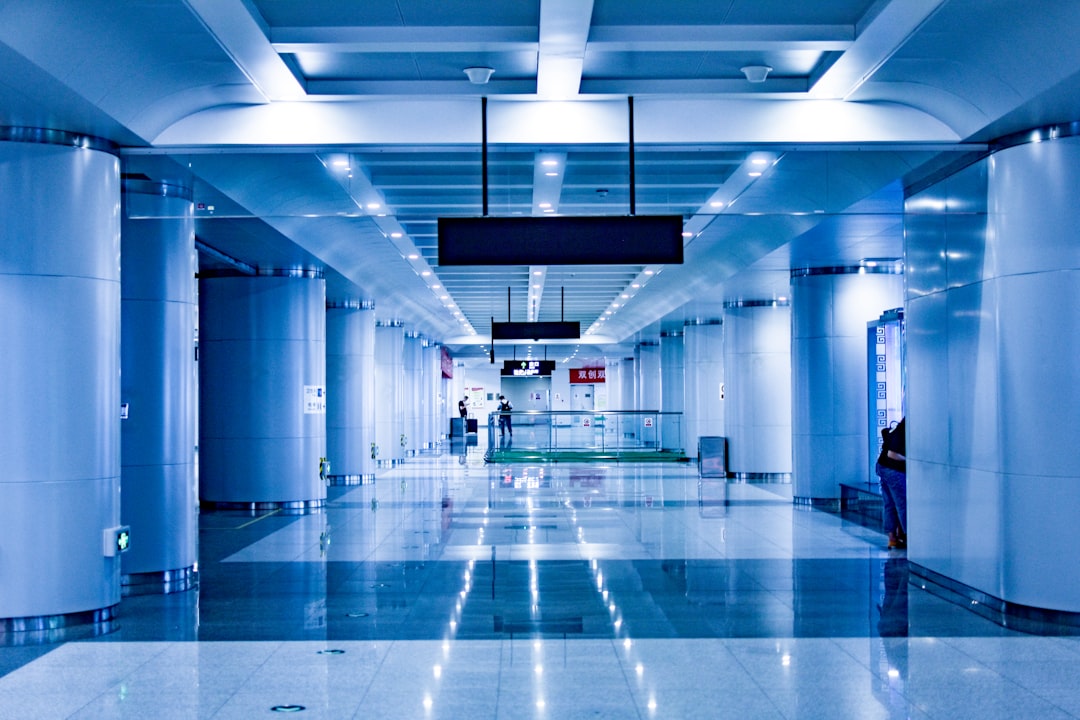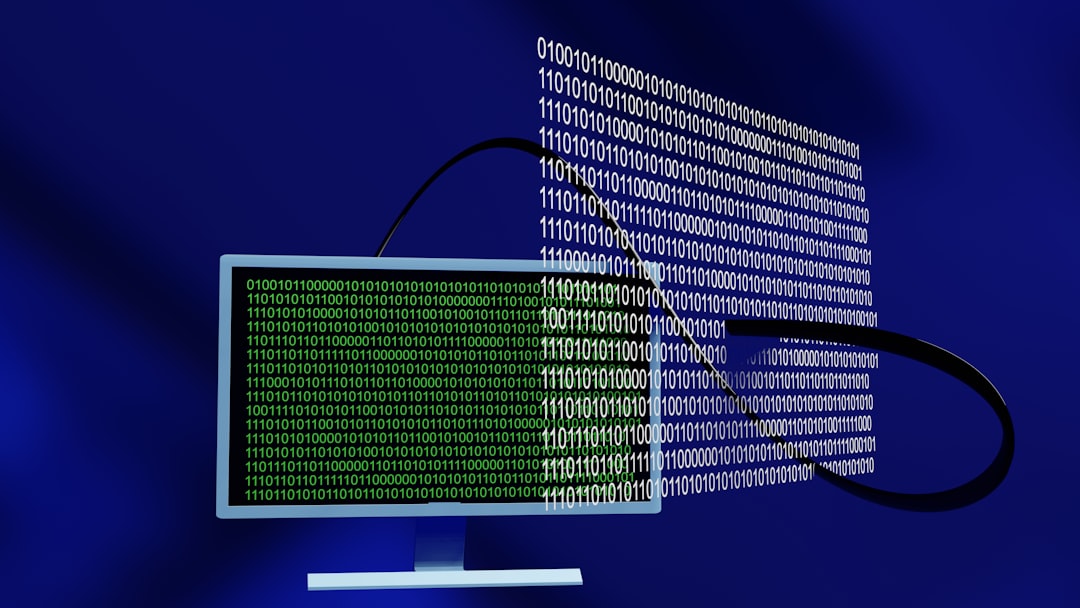The digital age presents a double-edged sword for activism. On one hand, social media and technology allow for rapid organization and dissemination of information; on the other hand, these same tools can betray protesters by revealing their identities and locations to adversarial parties.
The omnipresence of surveillance technology has made the simple act of protesting a challenge in terms of maintaining personal privacy. From facial recognition software to real-time location tracking, governments, corporations, and other organizations have a vast arsenal of tools at their disposal to monitor activities and behavior. This means that understanding how to protect your privacy and security when participating in protests is more critical than ever.
In a world where every smartphone can act as a surveillance device, protesters must take active steps to safeguard their privacy. Mobile phones, while indispensable for communication and coordination, can also serve as tracking devices. Apps such as Signal provide end-to-end encryption, ensuring that your messages remain between you and your intended recipient. Signal’s disappearing messages feature allows you to automatically delete messages after a certain time period, minimizing the potential for sensitive information to fall into the wrong hands.
Using a Virtual Private Network (VPN) can help obscure your online activities from prying eyes. By routing your internet connection through encrypted servers, VPNs mask your IP address, making it harder for potential monitors to pinpoint your location or track your movements. Moreover, activists should consider disabling geolocation services on their devices to prevent unwanted tracking.
Facial recognition technology is another concern. This tool is becoming increasingly sophisticated, capable of identifying individuals in a crowd with alarming accuracy. To counter this, some protesters have resorted to physical disguises, such as masks or hats, though recent legislation in certain areas has banned the use of face coverings during protests. However, activists are creatively using technology against itself; for instance, certain wearables and clothing lines are designed to emit infrared light that interferes with cameras’ ability to capture clear images of individuals’ faces.
Furthermore, utilizing secure browsers like Tor can aid in keeping your internet habits anonymous. The Tor network anonymizes your online activity by encrypting it and routing it through multiple servers around the world. It is a vital tool for accessing information and communicating securely without leaving traces that could be monitored by third parties.
Finally, understanding your rights as a protester can also provide a significant layer of protection. Familiarizing yourself with local laws regarding protests can help in avoiding unnecessary confrontations with authorities. Engaging with legal advocacy groups, such as the Digital Freedom Foundation and the American Civil Liberties Union, can be an invaluable step in preparing for and participating in protests safely.
While these methods can help protect protesters from digital surveillance, the ongoing evolution of surveillance technology means that the landscape is in constant flux. Activists must remain vigilant, continuously educating themselves about new tools and tactics for maintaining digital anonymity.
As the battle between privacy and surveillance wages on, one thing remains clear: technology can be both a tool for liberation and oppression, depending on how it is wielded. Ensuring safe practices and keeping up with technological advancements are crucial for ensuring that your voice remains your own.
Cyber Security
protest safety
















Leave a Reply